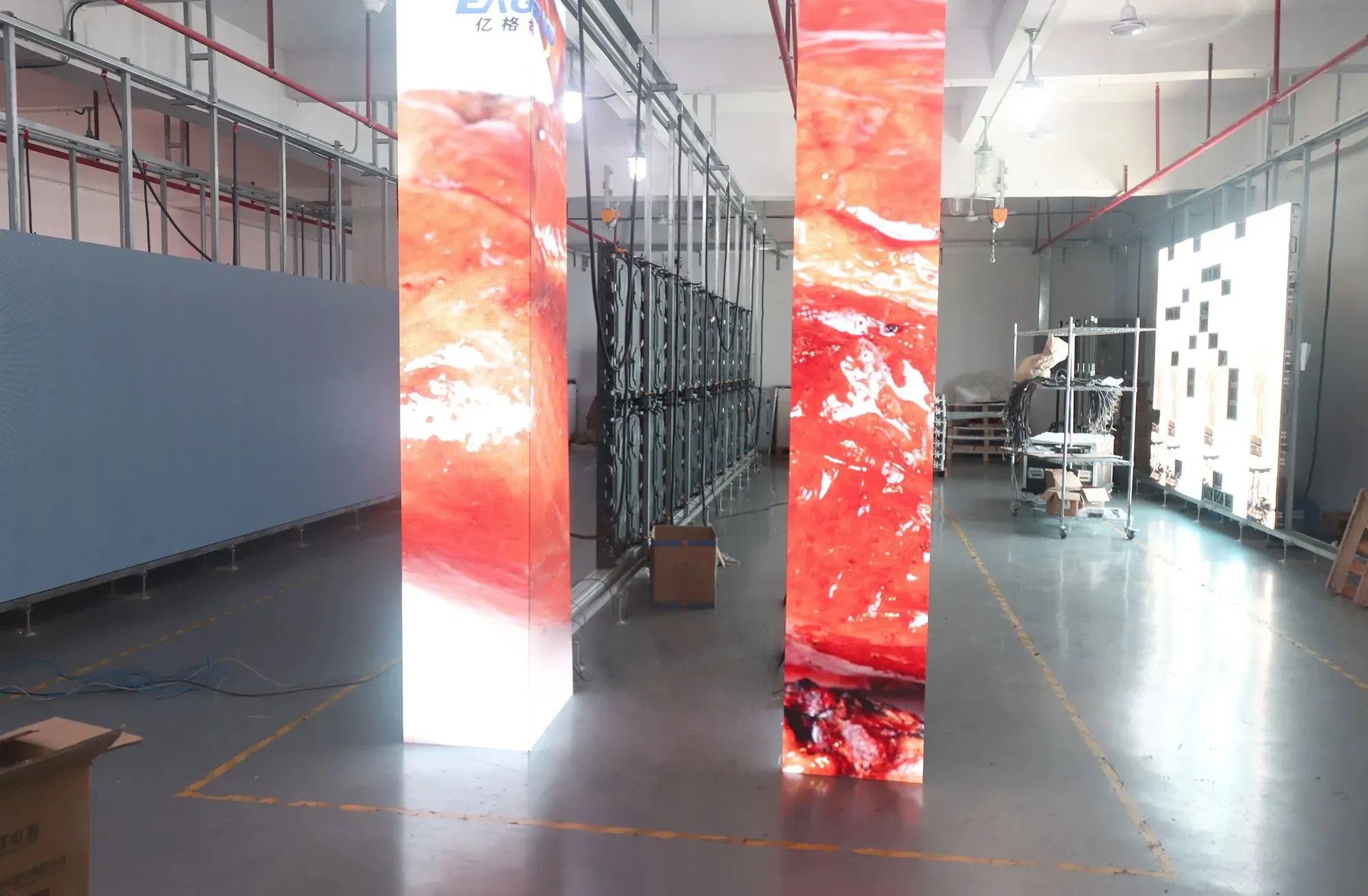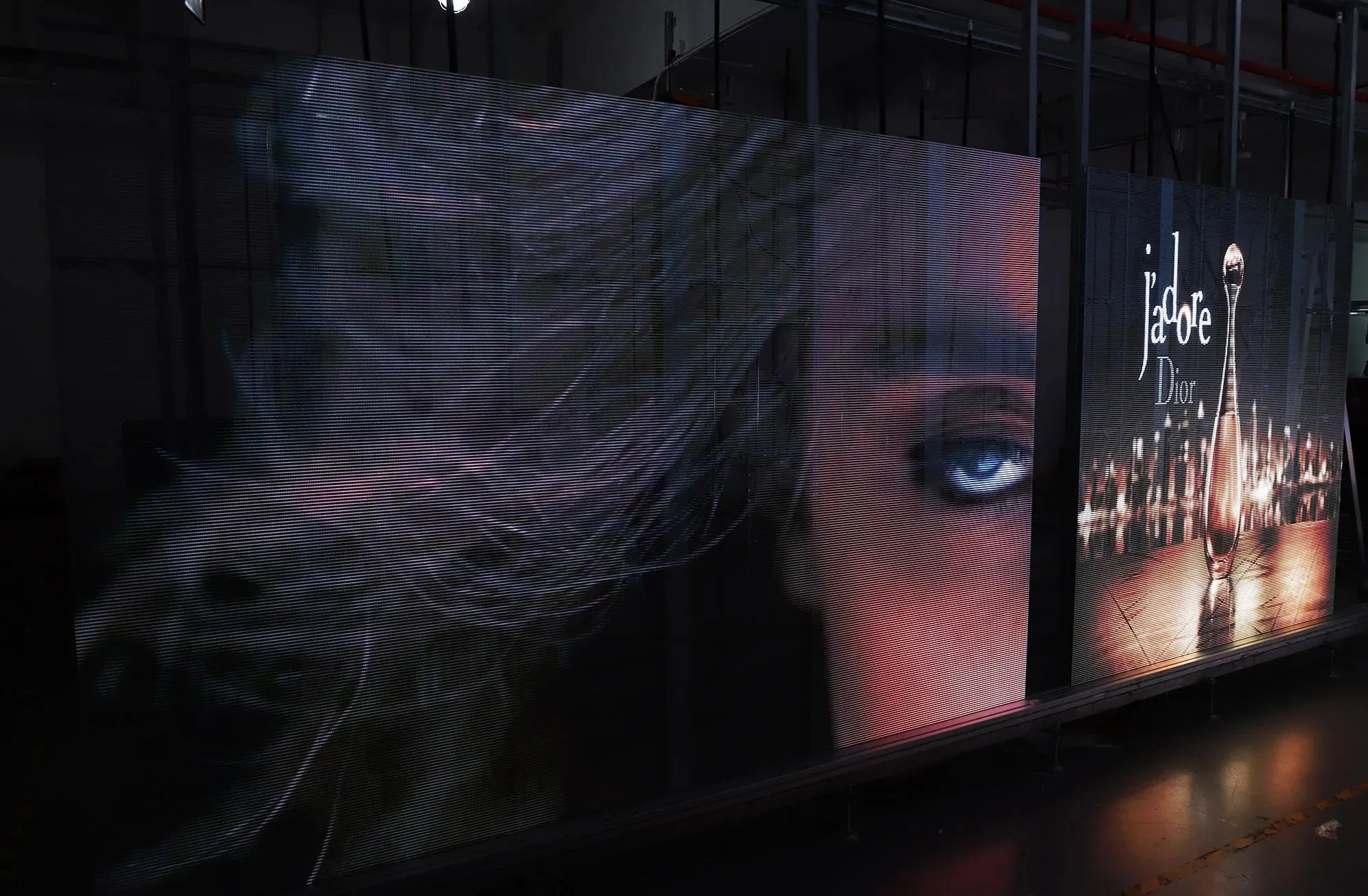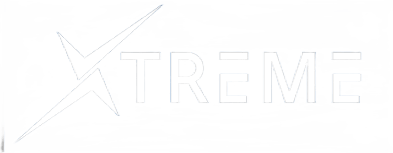In the ever-changing world of event production, technology is critical in delivering immersive and engaging experiences. Among the industry transformations, LED displays have emerged as a potent tool for attracting audiences and upgrading event presentations. This detailed book looks into the realm of LED screens for events in 2024, providing you with the knowledge you need to maximize their potential and create a visually amazing event.

The acronym LED stands for Light Emitting Diode. These displays are made up of small LEDs that glow to form a continuous display. Compared to traditional projectors or displays, LED technology provides various advantages:
Vibrant Colors and High Brightness: LED panels provide excellent color reproduction and brightness, especially in strongly illuminated areas. This guarantees that graphics are sharp, clear, and engaging for the audience.
LED screens are more versatile in size and shape than projectors, which are limited by throw distance and screen size. This enables adaptation to match any location, from small meeting rooms to large concert stages. They can also be bent or customized into distinctive designs to increase visual impact.
Excellent Resolution and Seamless Viewing: Modern LED panels have excellent resolutions, offering sharp and detailed images even at near range. This makes them suitable for delivering complex presentations, data visualizations, and high-quality video content.
Durability and Energy Efficiency: LED screens are known for their long lifespan and low maintenance. Furthermore, they use less energy than traditional displays, making them an environmentally responsible option for gatherings.
Choosing the best LED screen manufacturer for your event necessitates careful consideration of various variables. Event Type and Audience: Think about the nature of your event and the needs of your attendees. Concerts, conferences, trade exhibits, and sporting events all have different visual requirements.
Venue Size and Viewing Distance: The size of the venue and the distance between the crowd and the screen are critical considerations. Larger venues require larger screens with better pixels for optimal viewing.
Content sort: The resolution and processing power required depend on the sort of content you intend to display (presentations, movies, live feeds, etc.).
Budget constraints: LED displays are priced differently based on their size, resolution, functionality, and whether they are rented or purchased.
Once you've chosen the correct LED screen, consider the several ways to maximize its potential:
Stage Design and backgrounds: Transform your stage with dynamic LED backgrounds that improve the visual experience for performers and speakers. Use real-time content updates, live feeds, or interactive images to create a genuinely immersive experience.
Presentations and Information Sharing: Showcase presentations, data visualizations, and important information with extraordinary clarity and depth. The excellent resolution of LED screens ensures that your message is clearly transmitted to the audience.
Branding and sponsorship opportunities: Integrate sponsor logos, product information, or branding features into the LED display to generate excellent advertising possibilities and increase brand visibility.
Live Streaming and Social Media Engagement: By live streaming your event or integrating social media feeds into the LED screen, you may encourage audience involvement and expand your event's reach beyond the physical area.
As technology advances, fascinating trends shape the future of LED screens for events:
MicroLED Technology: With even greater resolutions and shorter viewing distances, microLED technology is paving the path for ultra-realistic and immersive visual experiences.
Transparent LED Screens: These innovative screens allow for partial see-through, creating new opportunities for creative stage design and unusual visual effects.
Interactive LED Displays: Touch-enabled interactive LED screen panels are becoming increasingly popular, allowing audience interaction and adding an interactive element to presentations and exhibits.
Conclusion:
LED displays are expected to maintain their dominance in the event business until 2024 and beyond. Their variety, visual impact, and customization make them an effective tool for increasing audience engagement, leaving a lasting impression, and meeting your event objectives. By knowing the technology, selecting the best screen for your needs, and exploring creative uses, you can use LED displays to take your event to new heights.



